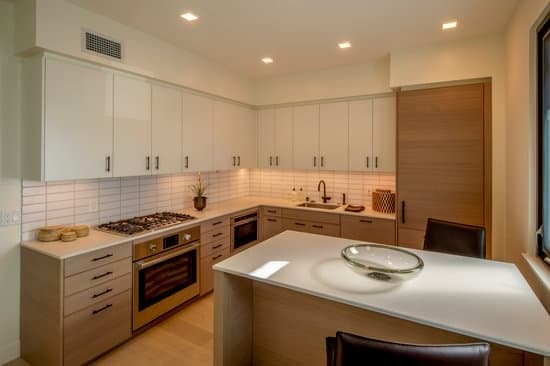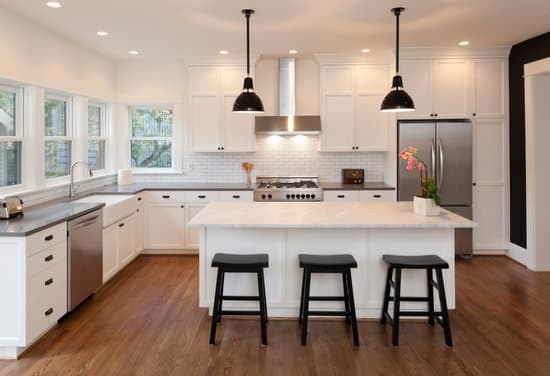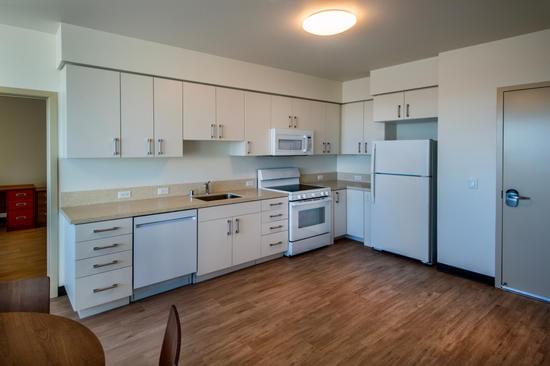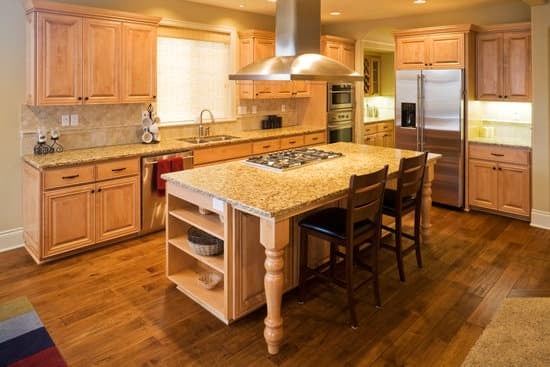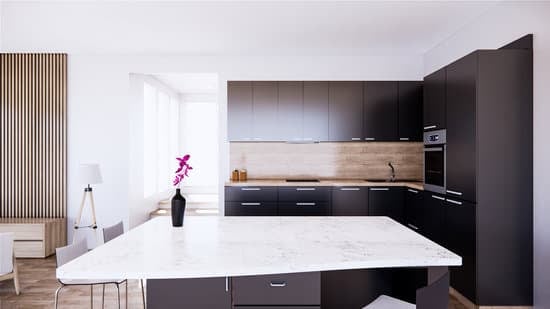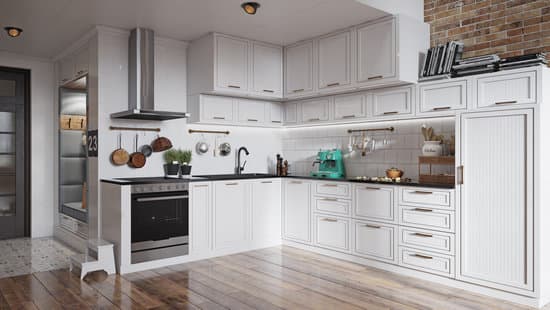Are you tired of cluttered countertops and limited storage space in your kitchen? Adding cabinets can be the perfect solution to maximize your kitchen’s potential. In this article, we will guide you through the process of assessing your storage needs, planning and designing your cabinet layout, measuring and ordering the right cabinets, installing them safely, and adding those finishing touches that make all the difference. Say goodbye to a disorganized kitchen and hello to a functional and stylish space!
Assessing Your Storage Needs
You’ll need to assess your storage needs before adding cabinets to your kitchen. It’s important to consider how much storage space you currently have and whether it’s sufficient for your needs. Take a look at your kitchen items and determine what type of cabinets would work best for you. Customizing options are available, so think about what features would be helpful, such as pull-out shelves or built-in spice racks. Another key factor is maximizing space. Consider the layout of your kitchen and where additional cabinets could fit without obstructing walkways or creating safety hazards. Look for areas that are underutilized, such as empty walls or corners. By carefully assessing your storage needs and customizing options while maximizing space, you can ensure that the cabinets you add will provide both functionality and safety in your kitchen.
Planning and Designing Your Cabinet Layout
Start by carefully considering the layout and design of your cabinet arrangement. Safety should be a top priority when planning and designing your kitchen cabinets. When choosing cabinet materials, opt for sturdy and durable options that can withstand heavy usage. Look for materials that are resistant to moisture and easy to clean, as these qualities will ensure longevity and hygiene in your kitchen space. Additionally, optimizing cabinet organization is essential to maximize storage capacity and efficiency. Utilize adjustable shelves, pull-out drawers, and dividers to create designated spaces for different items such as pots, pans, dishes, and utensils. This will make it easier to locate items quickly while also preventing clutter from accumulating. Remember to plan for adequate clearance space around the cabinets to avoid any potential accidents or injuries in your kitchen area.
Measuring and Ordering Cabinets
To ensure a precise fit, measure the dimensions of your desired cabinet layout before placing an order. This step is crucial when ordering custom cabinets for your kitchen. Start by measuring the width, height, and depth of the space where you plan to install the cabinets. Take multiple measurements to ensure accuracy and account for any irregularities in the walls or floors. It’s also important to consider factors such as doorways and windows that may affect the installation process. When placing your order, provide all the necessary measurements to the cabinet manufacturer or supplier. This will help them create cabinets that perfectly fit your kitchen layout and minimize any gaps or issues during installation. By taking accurate measurements and ordering custom cabinets accordingly, you can ensure a safe and seamless cabinet installation process.
Installing Your Cabinets
Once you have measured and ordered your cabinets, it’s time to begin installing them. Safety should be your top priority during this process. Before starting, make sure you have the right tools and equipment to ensure a smooth installation. Choosing the right cabinet materials is crucial for durability and functionality. Consider factors such as moisture resistance and sturdiness when selecting the materials. If you are not confident in your DIY skills or if you want to save time, hiring a professional installer is a great option. They have the expertise and experience to complete the job efficiently and safely. Remember to follow all safety guidelines provided by the manufacturer and seek assistance if needed. With careful planning and execution, your new cabinets will enhance both the appearance and functionality of your kitchen.
Adding Finishing Touches
Now that you have successfully installed your cabinets, it’s time to add those final finishing touches to truly complete the look and feel of your kitchen space. Here are a few important steps to consider when adding those finishing touches:
- Choosing Cabinet Hardware: Select hardware that not only complements the style of your cabinets but also ensures safety. Opt for handles or knobs with rounded edges to prevent any accidental bumps or injuries.
- Organizing Cabinet Contents: Take the time to arrange your cabinet contents in a way that maximizes efficiency and safety. Place heavy items on lower shelves for stability, and use dividers or organizers to keep smaller items neatly separated. This will make it easier to find what you need while reducing the risk of items falling out.
By carefully choosing cabinet hardware and organizing your cabinet contents, you can create a kitchen space that is not only visually appealing but also safe and functional.
Conclusion
In conclusion, adding cabinets to your kitchen is a practical and efficient way to increase storage space. By assessing your storage needs and carefully planning the layout, you can optimize the functionality of your kitchen. Measuring accurately and ordering the right cabinets ensures a smooth installation process. Finally, adding finishing touches like hardware and trim adds a stylish touch to complete the look. With these steps, you’ll have a well-organized and beautiful kitchen that meets all your storage needs.

